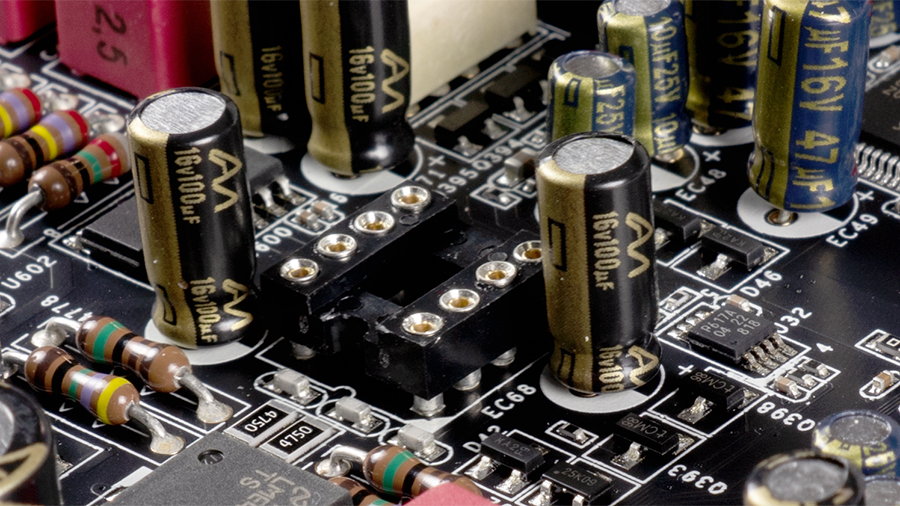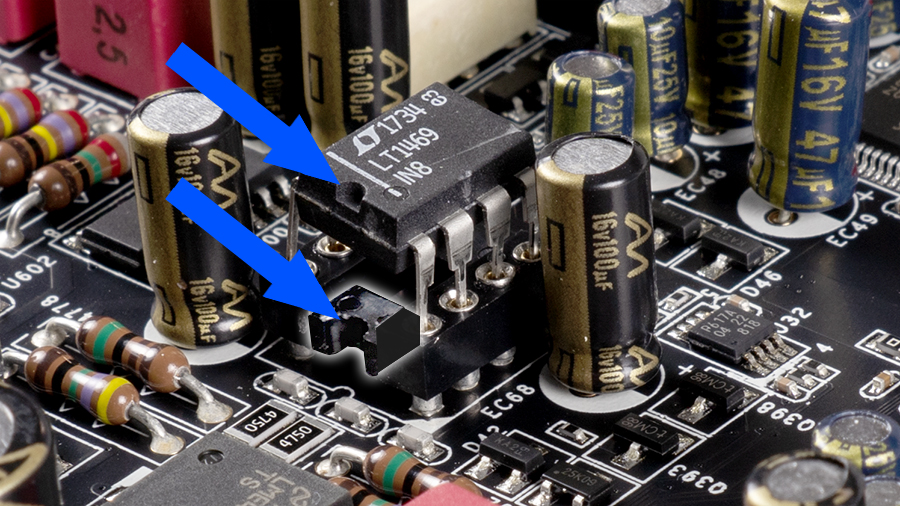For users looking to understand how to roll (or replace) op-amps, I decided to make this guide to cover the basics of rolling. For the purpose of this guide, we will remove the Headphone Out op-amp on the NU Audio Card (712-P1-AN01-KR), and replace the stock OP275 op-amp with the LT1469 op-amp that is used on the NU Audio Pro card.
For a list of certified op-amps, click
here.
- Reminder - You will need to reinstall the default op-amps if you ever need to return the NU Audio Card for warranty reasons -
1. Get a good (or at least basic) IC extractor tool. You will need this to pull the op-amp out of the socket – preferably without damaging or scratching it.
- Here’s the one used in the guide: link
2. Remove the cover to expose the PCB.

3. Carefully place the extractor tool around the sides of the op-amp. Depending on the op-amp you plan to roll, you might need to slightly bend some capacitors to get the tool around both sides (Yes, I’m looking at you Line Out socket…).

4. Hold on to the extractor tool with a firm grip as you lift upwards. Depending upon how tight the op-amp is nestled in the socket, you might need to slowly raise each side a little at a time to fully remove it from the socket. Eventually, the op-amp will lift out of the socket and hopefully not fly off in a random direction.

5. Pick up your replacement op-amp and line it up to the op-amp socket. In this case, we’re going to use the LT1469. Note the notch on one side of the socket; this notch should match a similar looking cutout on the op-amp.


- Failure to install the op-amp in the correct direction may damage your op-amp and/or your audio card.
6. Once the pins are fully seated, press down to insert the op-amp. If there is too much resistance when you press down, it might mean that one of the pins is out-of-line. If that’s the case, try to first nudge any stray pins into the socket holes. If that doesn’t work, try to remove the op-amp and gently move the pins around until they appear to be lined up. There is tolerance for the pins to be moved back and forth, but you can break them if you’re not careful.

7. When the op-amp is fully seated, the installation is complete. Re-install the cover, and you’re good to go!
